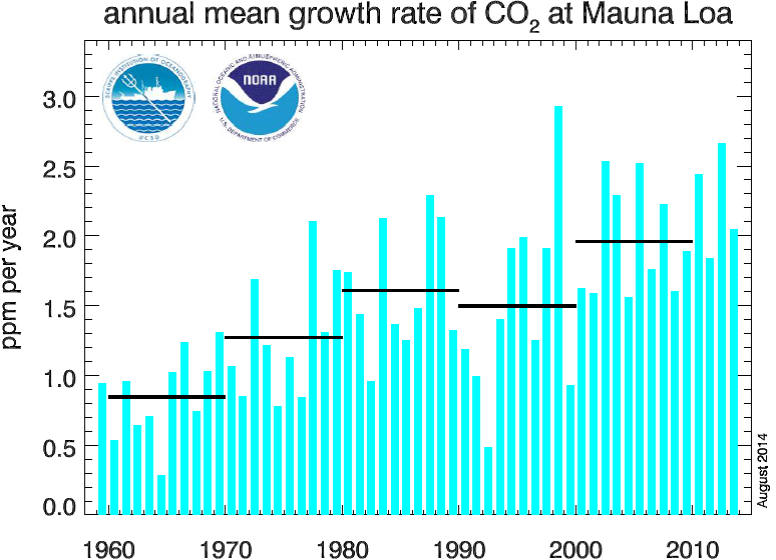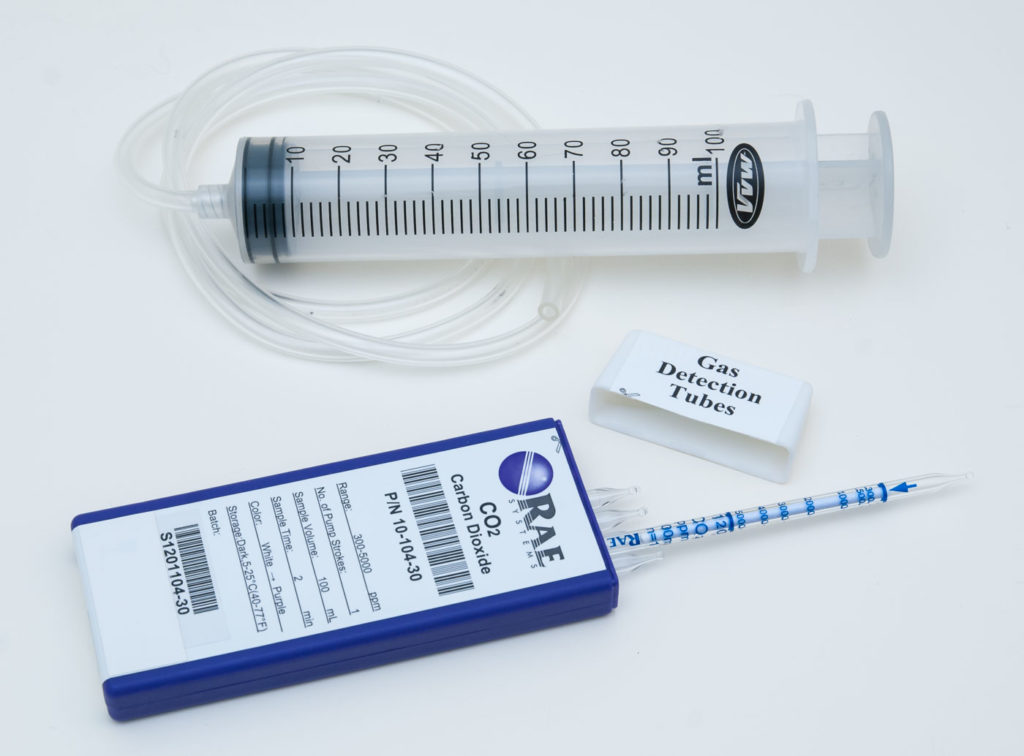

In its 1987 Exposure Guidelines for Residential Indoor Air Quality, 2 Health Canada set an exposure limit of 3,500 ppm to protect against such undesirable adaptive changes to acidosis, in particular calcium release from bones. acidosis) has been observed in humans is 7,000 ppm, and that only after several weeks of continuous exposure in a submarine environment. The lowest level at which a human health effect (i.e. After prolonged exposure (days), acid-base regulation can occur via renal mechanisms which can affect calcium metabolism in bone. Increased ambient CO 2 levels cause acidification of the blood with compensatory increase in rate and depth of breathing. Human health effects have been observed at very high levels (> 7,000 ppm) of CO 2, but it is unlikely that you would ever find levels this high in homes or classrooms. Indoor combustion appliances, in particular gas stoves, can also increase CO 2 levels. Human metabolism alone can lead to CO 2 levels in excess of 3,000ppm, especially in poorly ventilated rooms. Indoor levels are usually higher, due to the CO 2 exhaled by building occupants. The average outdoor air concentration of CO 2 is in the order of 300 to 400 ppm. Results of CO 2 measurements are often incorrectly interpreted and in some cases may be confused with the more serious carbon monoxide (CO).ĬO 2 is a natural constituent of the air we breathe it is a colourless, odourless and non-flammable gas produced by metabolic processes (such as respiration) and by combustion of fossil fuels. High CO 2 levels, however, are an indication that there is not sufficient ventilation for the number of occupants in the room.

CO 2 at levels found in classroom settings do not appear to pose any direct health effects. 1 It is relatively easy to measure and is commonly included in indoor air quality monitoring. Do you expect this to be useful? What might be more useful? How would you respond to the School Board’s query about possible health risks to students?ĬO 2 is frequently an issue in the context of indoor air quality concerns. What was found by the health and safety agency? What are commonly cited workplace-applicable standards for CO 2? What rationale is given? What is the relationship between ventilation (air exchange rate) and respiratory health? What is the significance of slightly elevated CO 2 in school classrooms? What physiological responses occur in response to elevated CO 2 levels? Parents are now concerned and the school board has asked you, as Medical Officer of Health, about the potential health risks to students from CO 2 levels that exceed formal workplace standards. Carbon dioxide (CO 2) levels were measured and ranged from 412 ppm in an unoccupied classroom to 1,130 ppm in the school library and 1,660 ppm in an occupied classroom that had closed windows. As part of a teacher complaint process, the provincial health and safety agency has been conducting a workplace investigation. A Public Health Inspector calls about an issue flagged at an older elementary school.


 0 kommentar(er)
0 kommentar(er)
